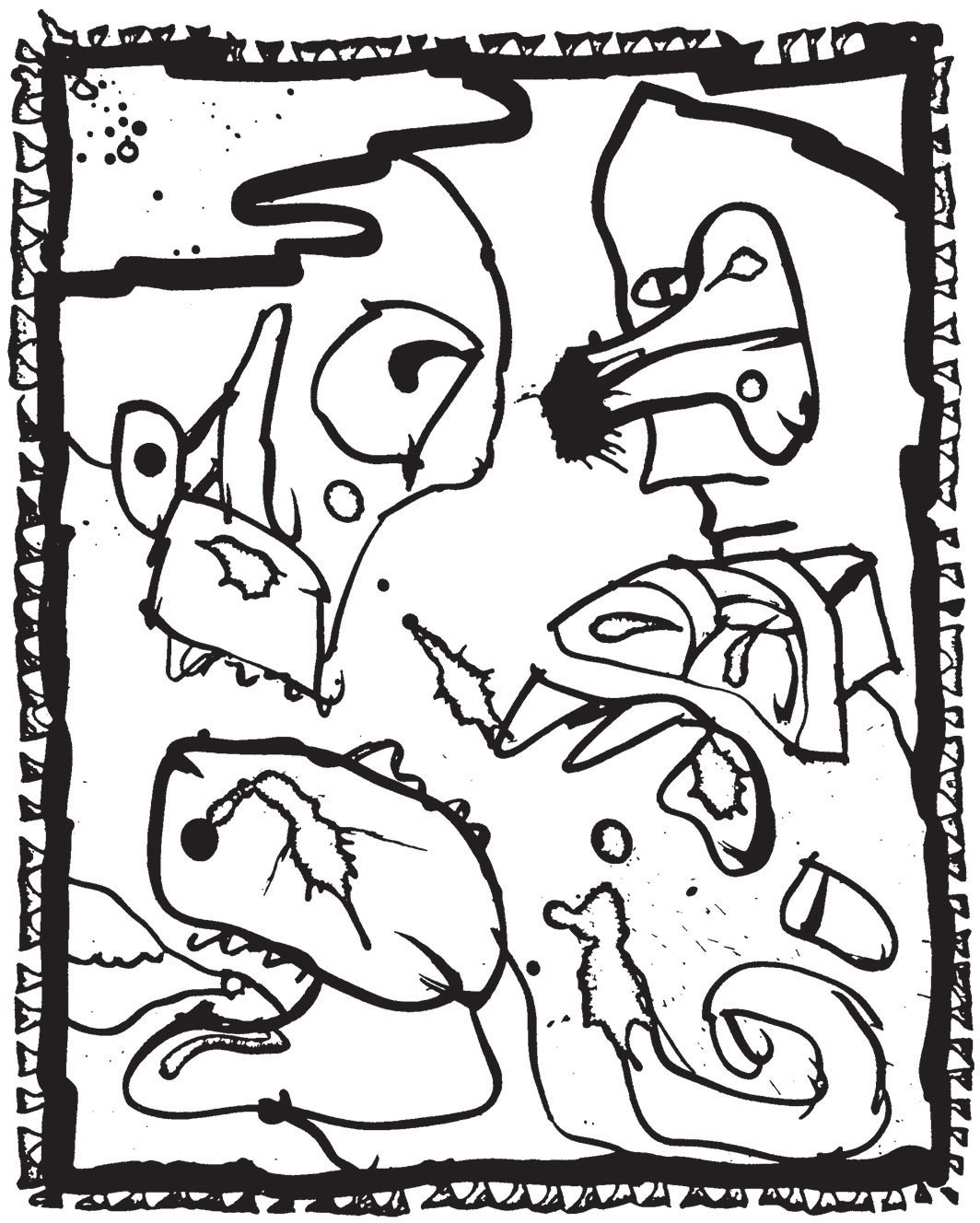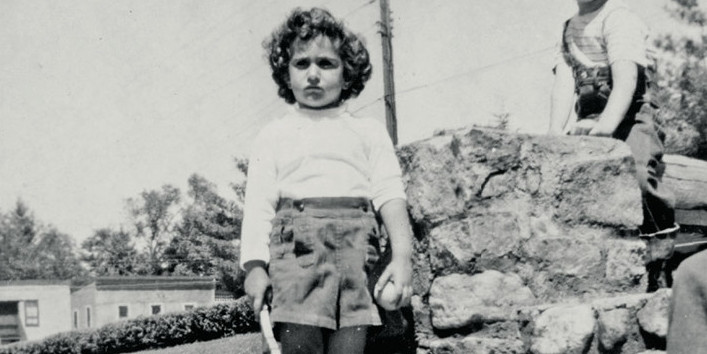Top Shelf
My favorite novel of 2018 is Andrew Martin’s Early Work (Farrar, Straus and Giroux), which is smart and scuzzy, bleak and funny, sexy and depressing—and none of that “by turns” shit either. It’s everything all at once, which to me is the hallmark of both its artistry and its authenticity. My favorite nonfiction book of 2018 is Lorrie Moore’s See What Can Be Done: Essays, Criticism, and Commentary (Knopf). It is a pleasure, and moreover an education, to pore over four decades’ worth of Moore’s generous, incisive assessments of Welty, Cheever, Elkin, DeLillo, Beattie, Barthelme, and Roth (among











